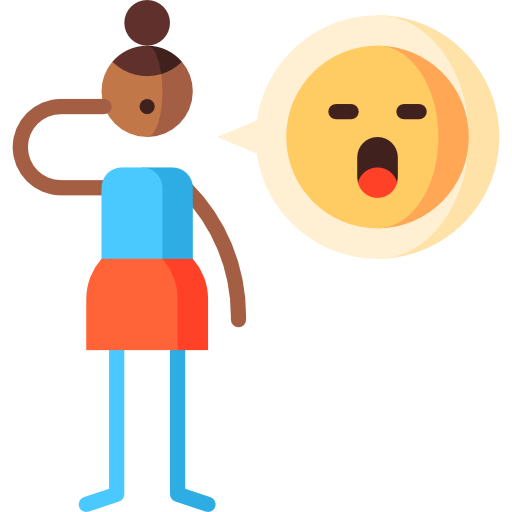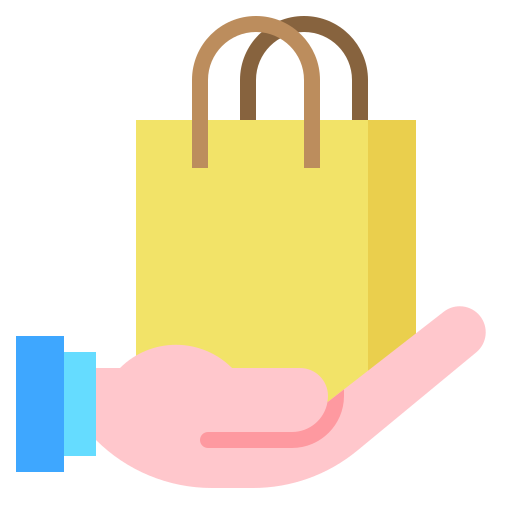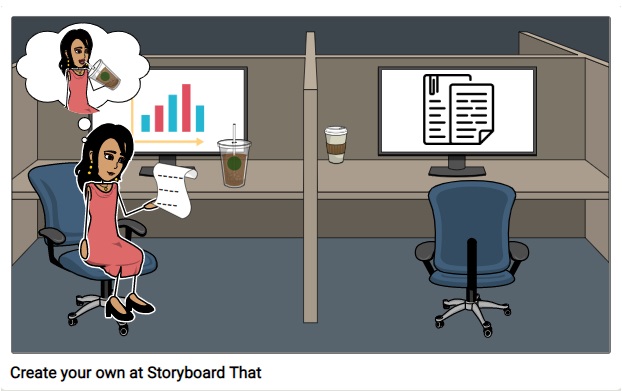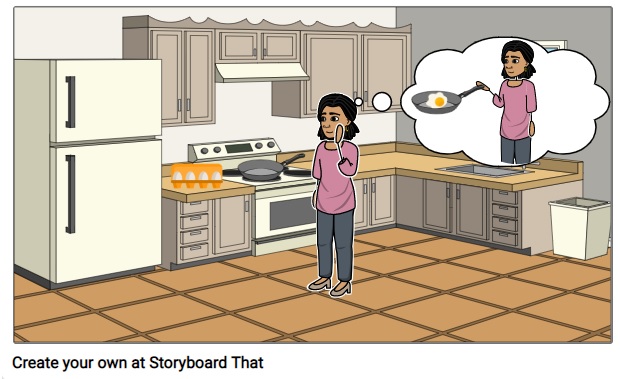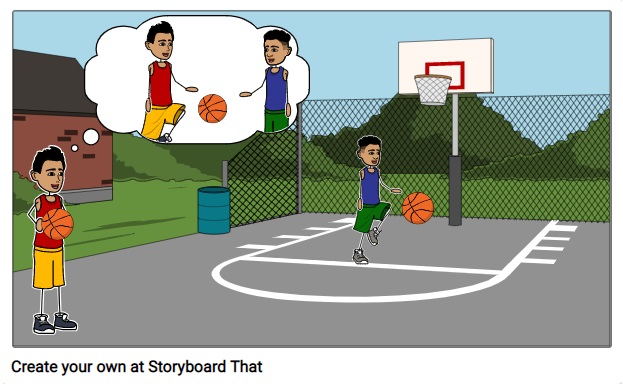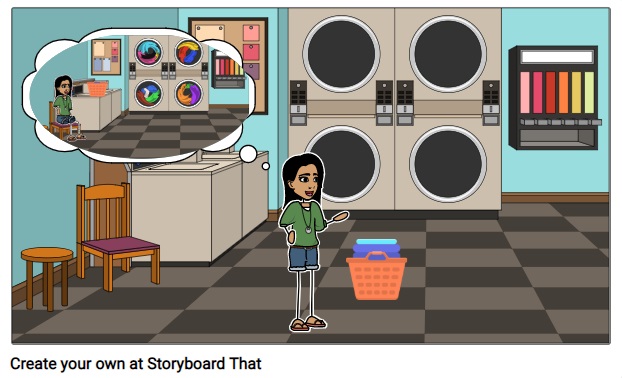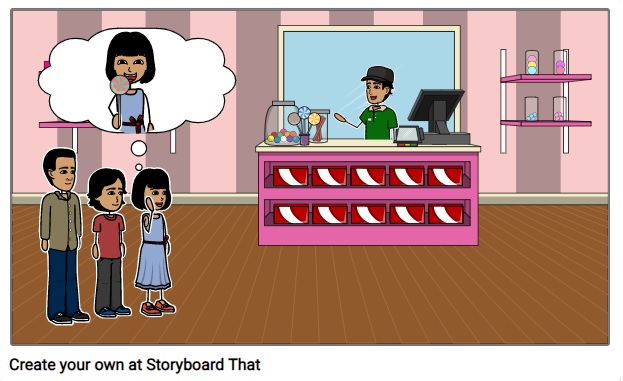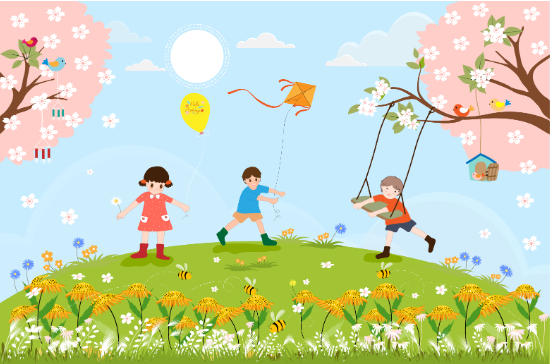PART A_1
You will read the presentation that you prepared.
Then, I will give you feedback and ask two questions about it.
Then, I will give you feedback and ask two questions about it.
あなたが用意してきたプレゼンテーションをします。そのあと講師がフィードバックと内容に関する質問を2つします。
PART A_2
(Please start your presentation now.)
プレゼンテーションを始めてください。
PART A_3
Thank you for your presentation. Now, I will ask you two questions about your presentation.
(Please ask two questions about the student’s presentation.)
| 1. | ? | |
| 2. | ? |
PART A_4
PART B_1
We’ll read aloud the words below. Please repeat after me.
I will check your pronunciation.
I will check your pronunciation.
単語、表現を音読します。講師に続いて読みましょう。講師は発音を確認します。
(Please send the mispronounced words and expressions to your student.)
PART B_2
 |
prefer A to B
BよりAを好む
|
 |
friendlier
friendlyの比較級
|
 |
wag
振る
|
 |
consider
よく考える、みなす
|
 |
loyal
忠実な
|
PART B_3
Now, let’s review some words from part B_2.
ではいくつかの単語を復習してみましょう。
(Please review the mispronounced words and expressions from part B_2.)
PART B_4
PART C_1
We’ll read aloud the passage below. I will check your pronunciation and intonation.
文章を読みます。講師が発音、イントネーションについて確認します。
(Please send the mispronounced words and expressions to your student.)
PART C_2
Many people like to have a pet. Two of the most popular pets are dogs and cats. Some people prefer dogs to cats because they are friendlier. When dogs see their owners, they often jump around and wag their tails to show how happy they are. They are also considered to be more loyal than cats. Meanwhile, others say that cats are also friendly. In fact, they can be friendlier than they look. They are just usually shyer than dogs.
PART C_3
Now, let’s review some words and expressions from part C_2.
ではいくつかの単語、文章を復習してみましょう。
(Please review the mispronounced words and expressions from part C_2.)
PART C_4
PART C_4
I will ask the following questions. Please answer based on the passage. I will check if your sentences are complete and if the grammar is correct.
講師が以下の質問をします。読んだ内容をもとに答えましょう。講師は文法と完全な文章で答えられているかを確認します。
PART C_5
| 1. | What are two of the most popular pets? |
| Answer: | |
| 2. | Why do some people prefer dogs to cats? |
| Answer: | |
| 3. | What do dogs do when they see their owners? |
| Answer: | |
| 4. | What is usually shyer than dogs? |
| Answer: |
PART C_6
Now, let’s review your answers.
では、あなたの答えを復習してみましょう。その後、修正したあなたの答えを読んでみましょう。
(Please review your student’s answers by sending the correct answers in complete sentences. After that, ask your student to read aloud his or her corrected answers.)
PART C_7
PART D_1
Let’s do a free talk about the following topic.
フリートークをしましょう。
(Please do a free talk if you have time left.)
PART D_2
What do you think is important in having pets?
PART D_3




